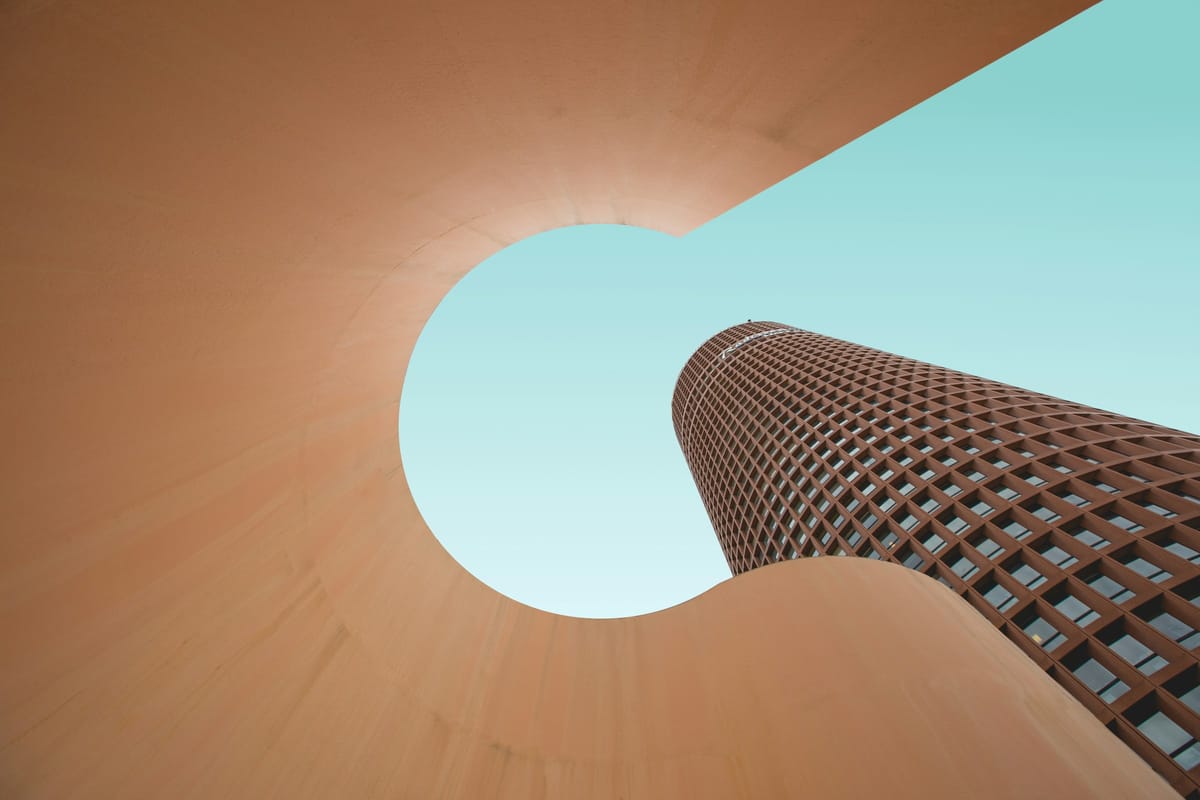Exploring how minimalism is shaping urban residential design, focusing on clean lines, open spaces, and functional living in bustling city environments.
In the midst of urban hustle and bustle, a design movement is gaining momentum: urban minimalism. This approach emphasizes simplicity, functionality, and tranquility within city living spaces. By stripping away excess and focusing on essential elements, urban minimalism creates oases of calm in the heart of busy metropolises.
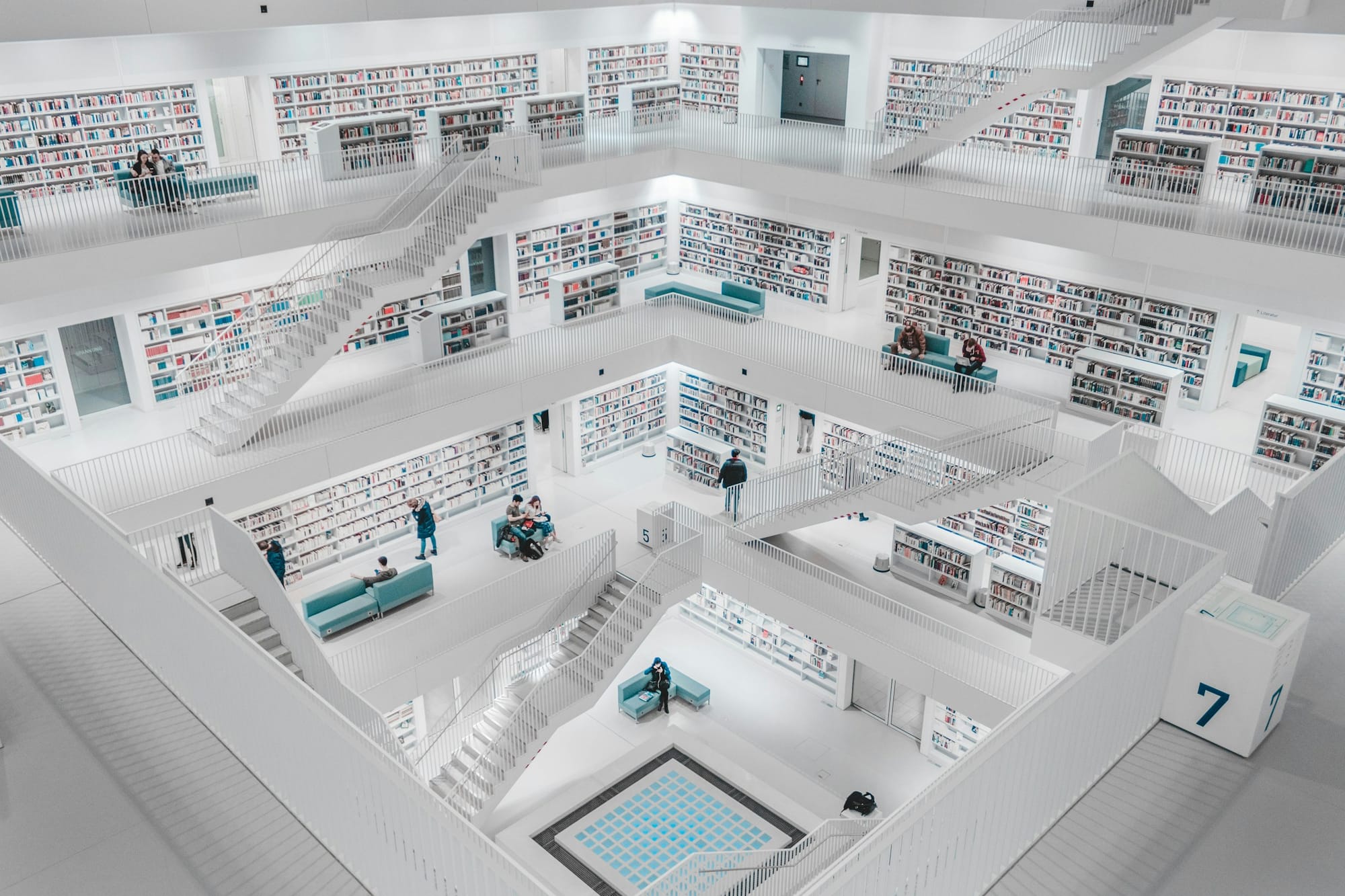
Embracing Simplicity in Small Spaces
City apartments often come with limited square footage. Minimalist design maximizes these spaces through smart layouts and multifunctional furniture.
"Every piece must serve a purpose," says interior designer Laura Chen. "We prioritize quality over quantity to create comfortable, uncluttered environments."
Open floor plans and ample natural light enhance the sense of space, while neutral color palettes provide a soothing backdrop to daily life.
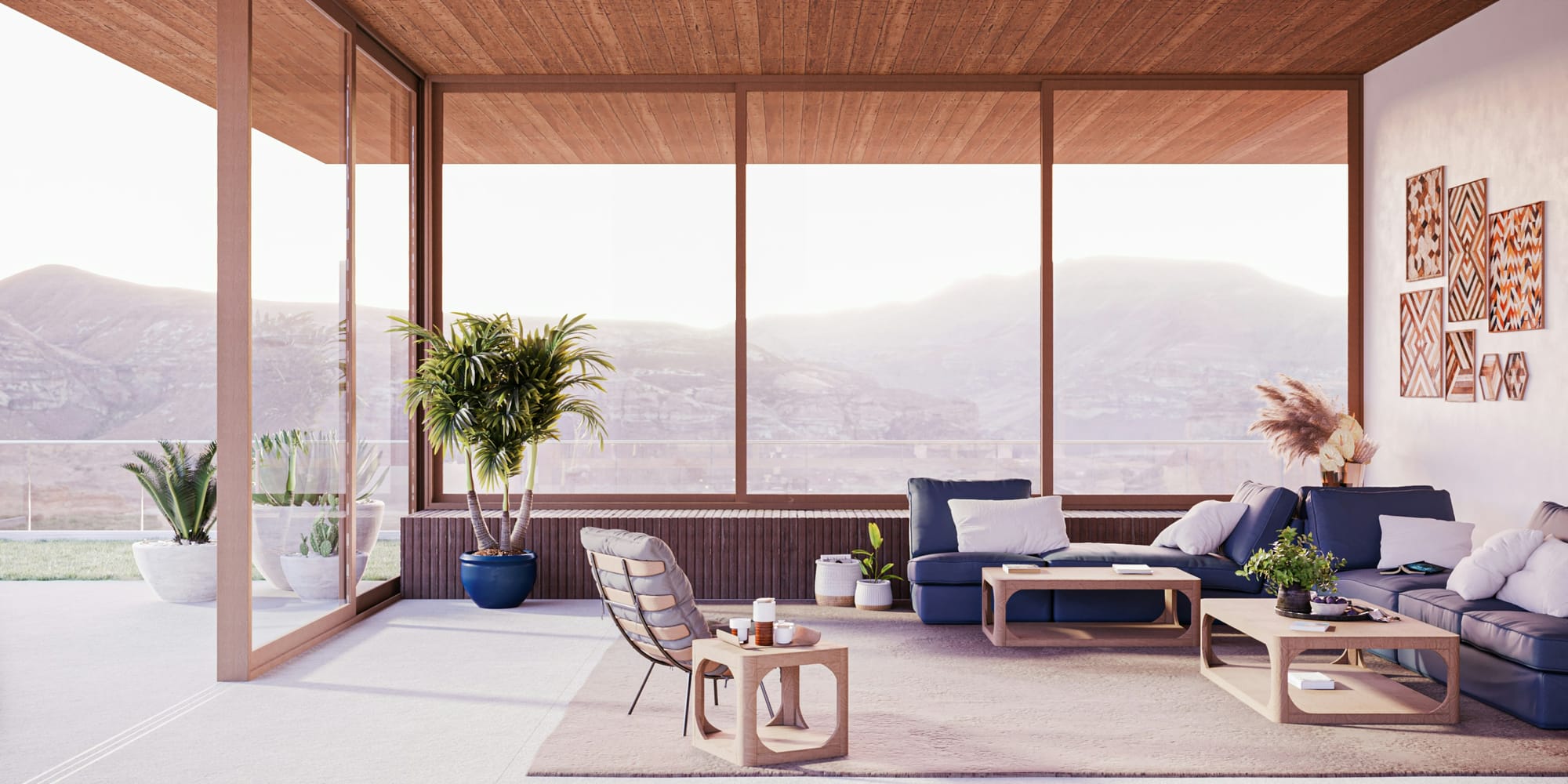
Functional Aesthetics
In urban minimalism, aesthetics and functionality go hand in hand. Built-in storage solutions keep belongings organized without occupying extra space.
"Integrated storage is key," notes architect Daniel Lee. "It maintains clean lines and reduces visual clutter."
Materials like glass, metal, and wood are used for their simplicity and durability, contributing to a timeless look that transcends trends.
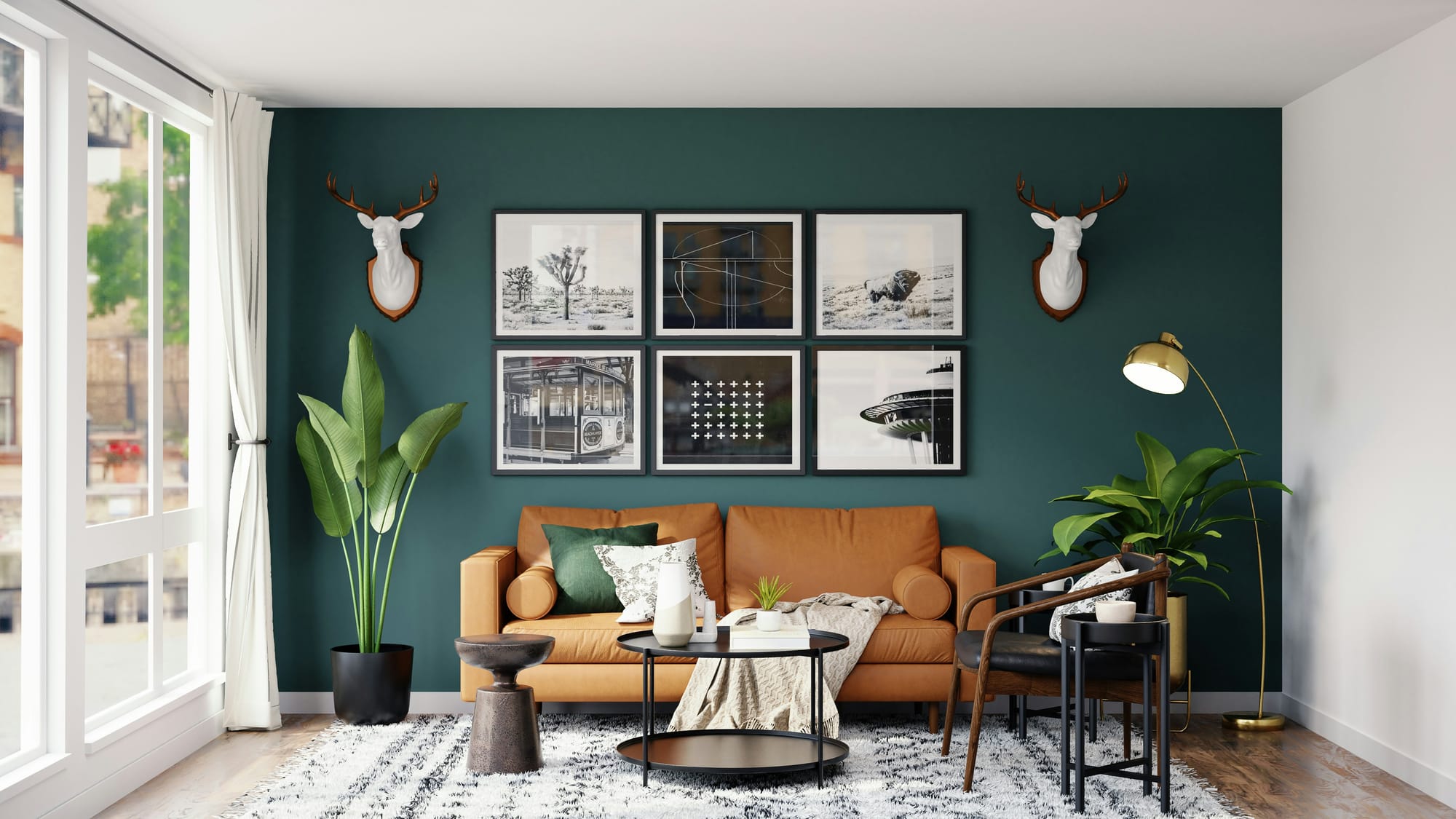
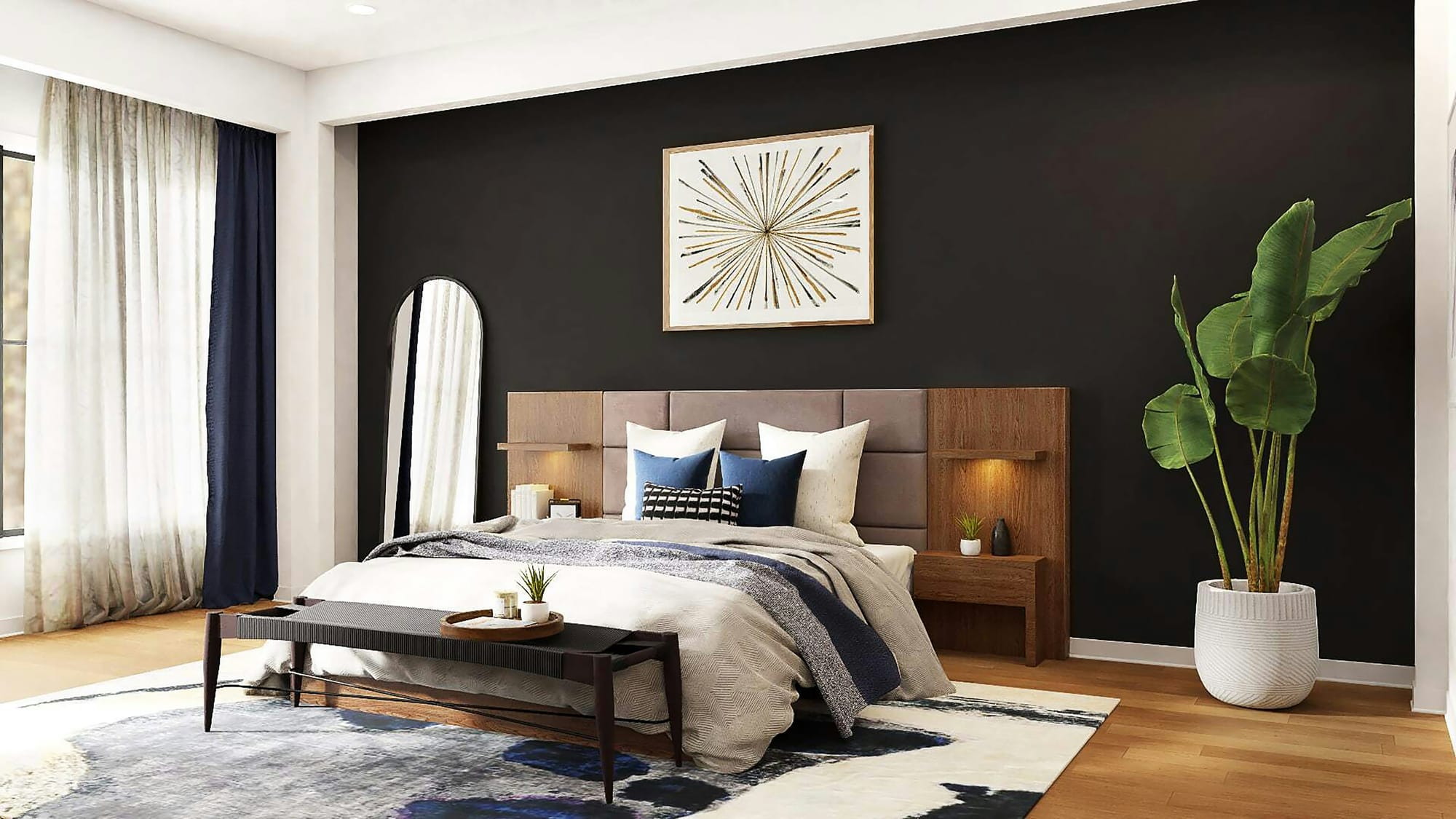
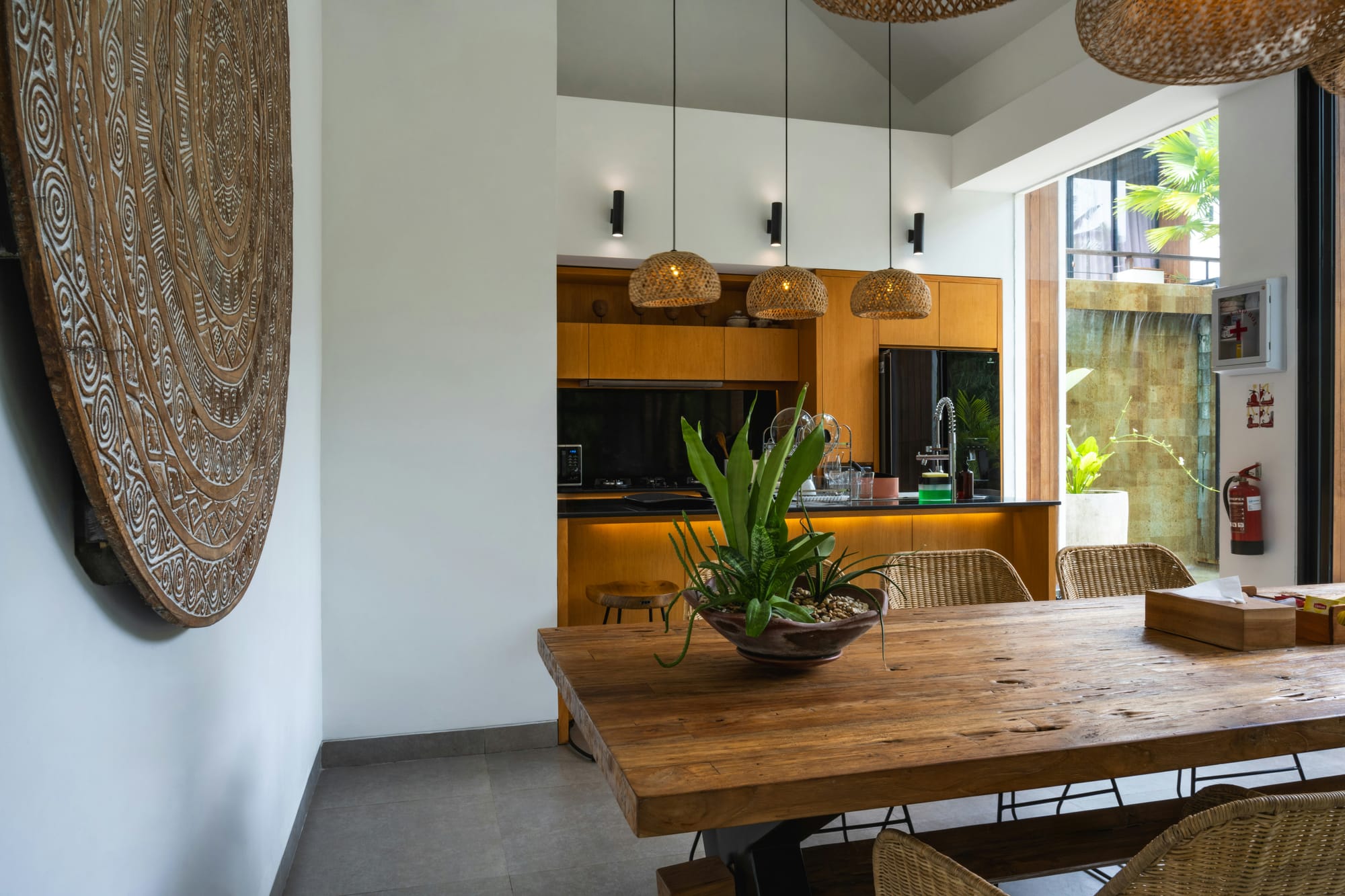
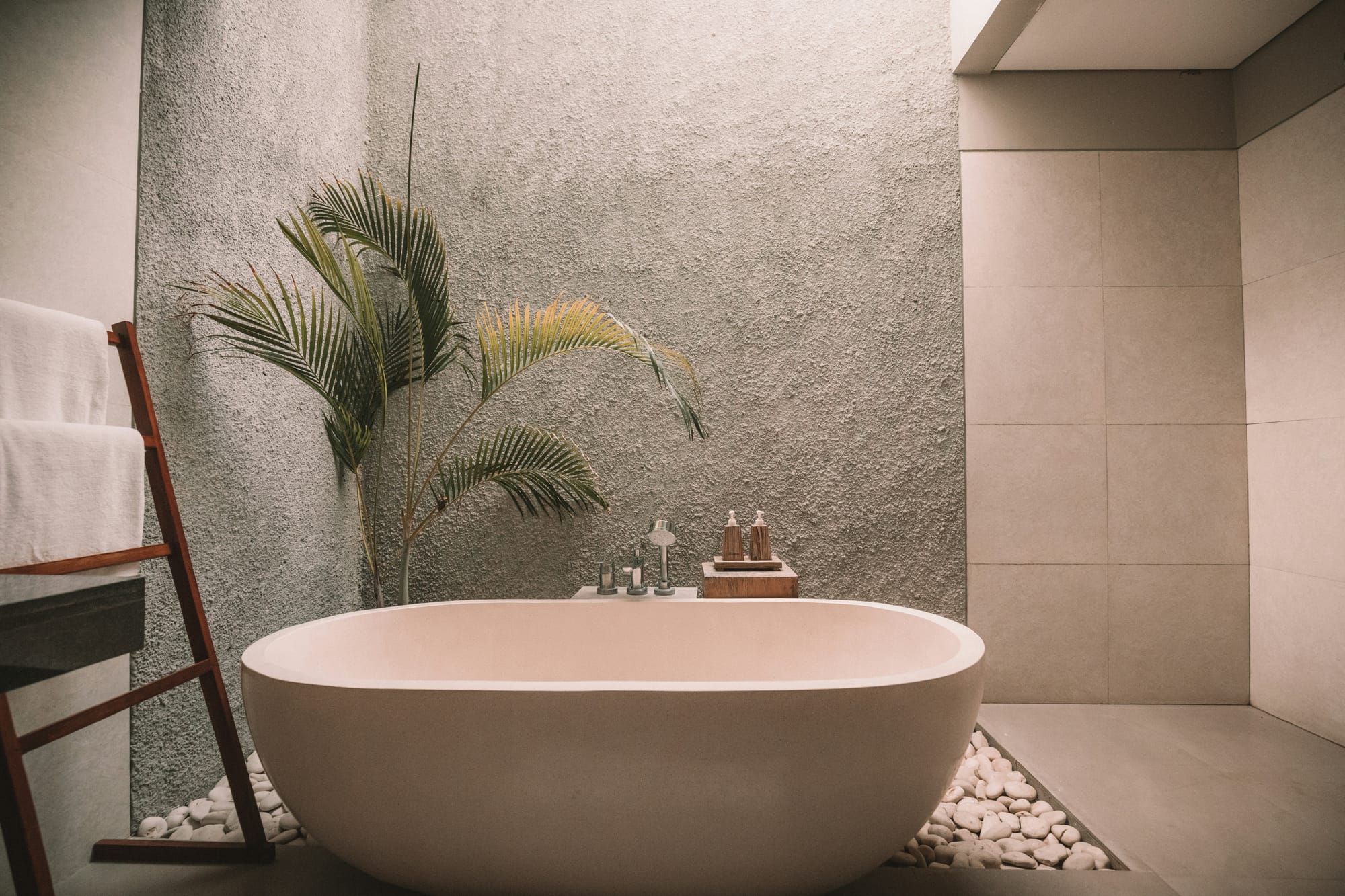
Photos by multiple authors - on Unsplash
The Appeal of Urban Minimalism
Amidst the chaos of city life, minimalist interiors offer residents a peaceful retreat.
"Clients seek spaces that allow them to relax and recharge," shares Chen. "Minimalism provides that serenity."
By focusing on essentials, urban minimalism promotes mindful living, encouraging inhabitants to value experiences over possessions.
Urban minimalism is redefining city living by creating spaces that are functional, serene, and tailored to modern lifestyles. It's a design philosophy that resonates with those seeking simplicity in an increasingly complex world.

